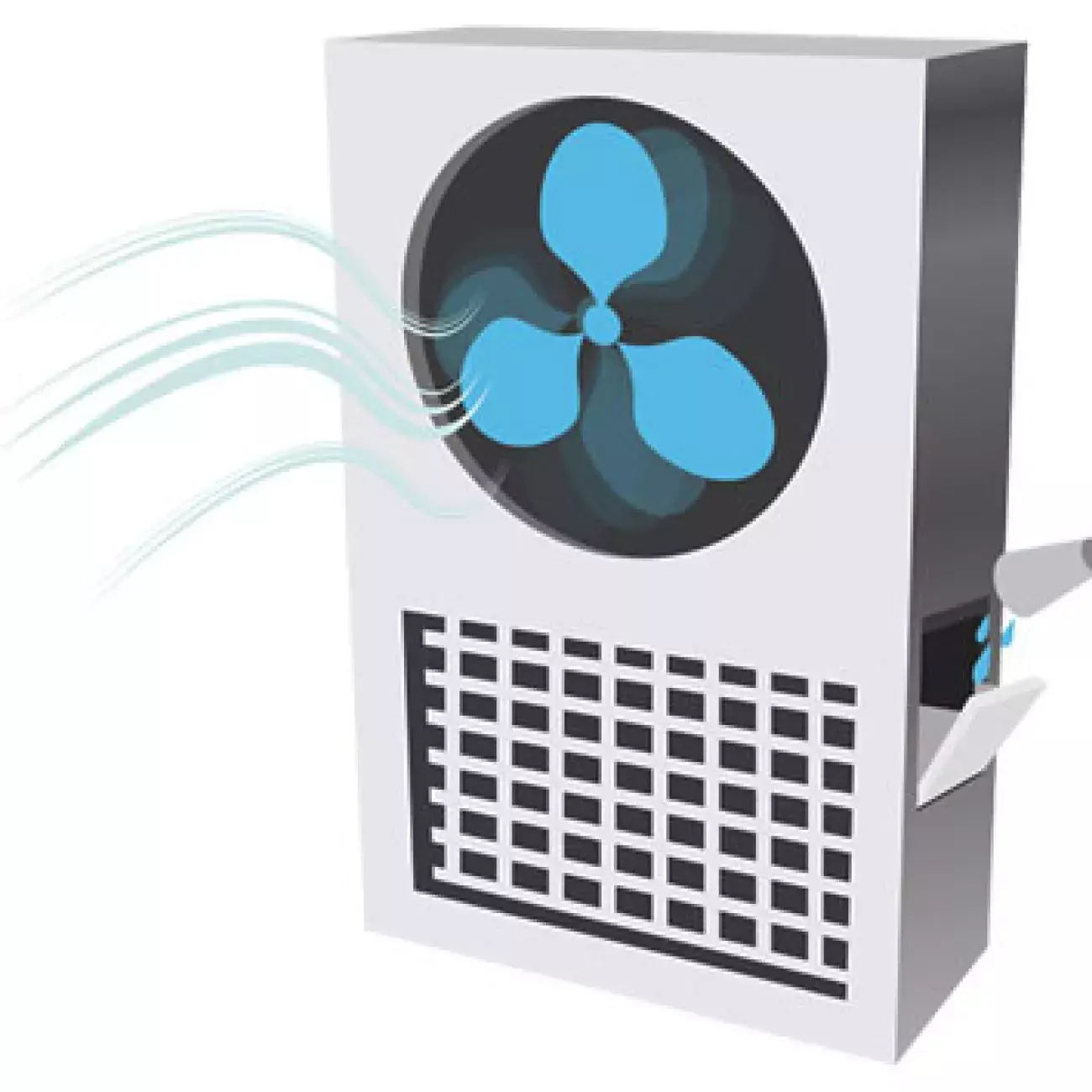Swamp Coolers
In the system, warm, dry air is pulled through a water-soaked pad. As the water evaporates, it creates a cooling effect on the surrounding air. Evaporative coolers use only a fraction of the energy of traditional air conditioning systems.
Unfortunately, except for in very dry climates, they may increase humidity to a level that makes occupants uncomfortable. Two-stage evaporative coolers do not produce humidity levels as high as that produced by traditional single-stage evaporative coolers.

In the first stage of a two-stage cooler, warm air is pre-cooled indirectly without adding humidity (by passing inside a heat exchanger that is cooled by evaporation on the outside). In the direct stage, the pre-cooled air passes through a water-soaked pad and picks up humidity as it cools. Because the air supply to the second stage evaporator is pre-cooled, less humidity is added to the air (because cooler air can’t hold as much moisture as warmer air). The result, according to the manufacturer, is cool air with a relative humidity of between 50 and 70 percent, depending on the climate, compared to a traditional system that produces about 80 percent relative humidity air.
An advanced two-stage evaporative cooler uses 100 percent outdoor air and a variable speed blower to circulate cool air. Two-stage evaporative coolers can reduce energy consumption by 60 percent to 75 percent over conventional air conditioning systems, according to the American Society of Heating and Engineers (ASHRAE). Yet this relative improvement depends on location and application. Evaporative coolers work best in very dry climates and are not suitable for much of the East Coast, Midwest, and Coastal U.S.